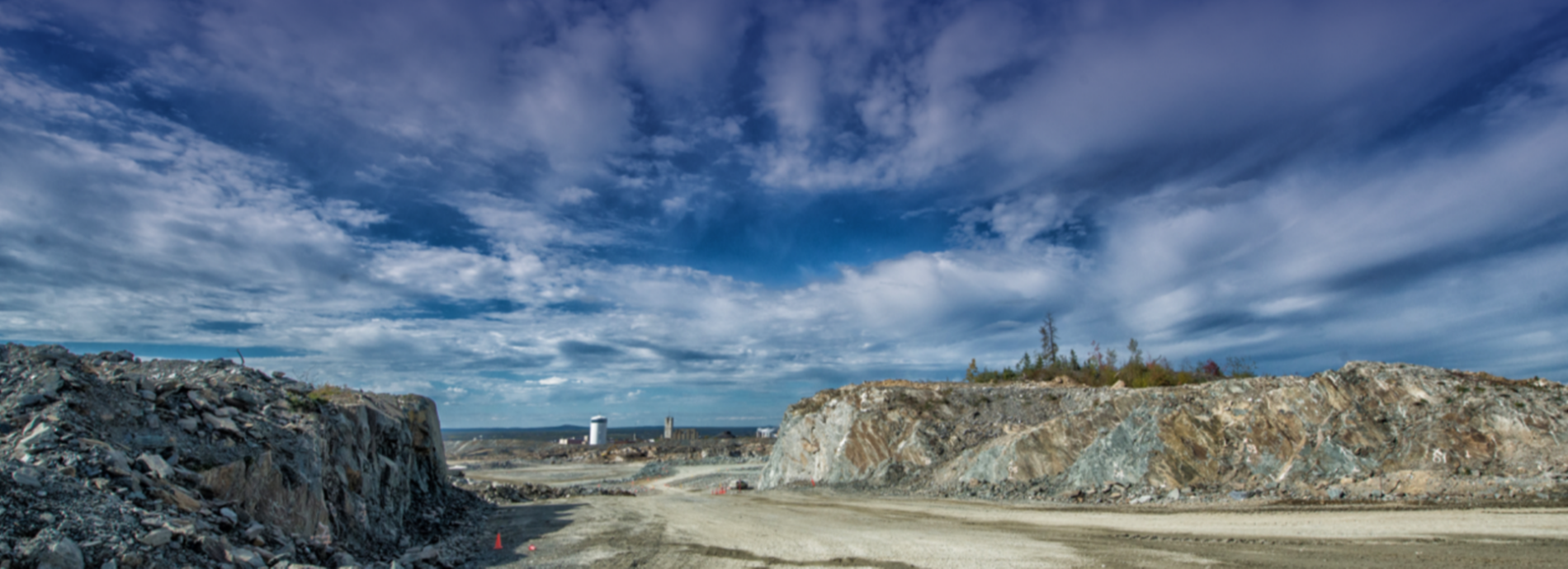Facts and Figures
- Safety is a core value of Ontario’s miners. Since 2020, the lost time injury rate for mining, quarrying and oil and gas extraction has averaged 17% below the all-industry rate.
- There are currently 36 active mining operations in the province that cover a diverse set of metals and minerals, including precious and base metals, and non-metallic minerals. 9 of these mines produce critical minerals, including cobalt, copper, indium, nickel, platinum group elements, selenium, tellurium, and zinc.
- There are currently 30 significant exploration projects in Ontario.
- Mining benefits all areas of the province, providing a broad scope of employment and entrepreneurial opportunities.
- In 2023, Ontario’s mining sector produced $15.7 billion worth of minerals—a 50% increase over the past decade. The largest value metal produced was gold, at $6.5 billion, followed by nickel at $2.5 billion. Read about the economic contribution of mining to the province.
- The industry directly contributed $23.8 billion to to the province’s gross domestic product in 2023 (representing almost 3% of the total), with indirect contributions adding another $8 billion—a 35% increase. Capital investments totaled $5.2 billion, fueling job growth and economic prosperity.
- Gold prices hit record highs of over $4,150 (CAD) or $2,900 (USD) per troy ounce in early 2025. Ontario produced almost 90 tonnes of gold in 2023, about 3% of global production. Gold reserves increased by 165% between 2000 and 2023.
- Ontario produced $6.4 billion of critical minerals at nine mines and ten processing facilities in 2023. There are more than 25 advanced critical minerals projects that include processing, recycling and exploration.
- Ontario exported $64 billion in mineral and metals products in 2023, including $42 billion to the United States. Ontario imported $77 billion in minerals and metals products, including $41 billion from the United States.
- The broader mining sector employs almost 150,000 people in Ontario. The average compensation in mineral extraction is almost double the average for all industries, at $149,661 per year.
- Between 2001 and 2023, average earning for the mining and quarrying industry grew by 79% while the average for the support activities for mining grew 97%.
- The mining industry has a significantly higher Indigenous representation in its workforce at 12% in 2023-2024, compared to 3% across Ontario’s overall workforce.
- The industry engages across 142 active agreements with Indigenous communities promoting shared economic value and community development. These include exploration and impact benefit agreements, and government resource revenue sharing.
- Ontario’s mining industry creates an equitable, diverse and inclusive environment for historically underrepresented groups. In 2016, 13% of workforce were women, 9% were of Indigenous Identities, and 6% were visible minorities. Almost 70% of OMA members reported that they have gender diversity and equity targets with respect to positions of authority.
- More than $5 billion was spent to buy, build and upgrade mining assets in 2023.
- There were 364,531 active mining claims in Ontario at the end of 2024 and exploration spend reached $976 million in 2023, representing 23% of total exploration spend across Canada.
-
Ontario is the leading global centre for mining finance. The Toronto Stock Exchange and TSX Venture Exchange list 40% of the world’s publicly traded mining companies, with a combined market value of $603 billion at the end of 2024—more than triple their 2015 value.
- As producers of minerals and metals that are key components in the clean energy transition, miners are also leaders in innovation and sustainability, adopting clean technologies at a rate well ahead of the all-industry standard, including pioneering the industrial use of autonomous trucks and battery-electric vehicles.
- Ontario's leading-edge mine supply and service sector employs more than 40,000 people and Ontario produces more than $10 billion worth of mining supplies and services every year.
- There are over 1,400 mining supply and service companies in Ontario.
Learn about the country-wide impact of mining from the Mining Association of Canada and Natural Resources Canada.


